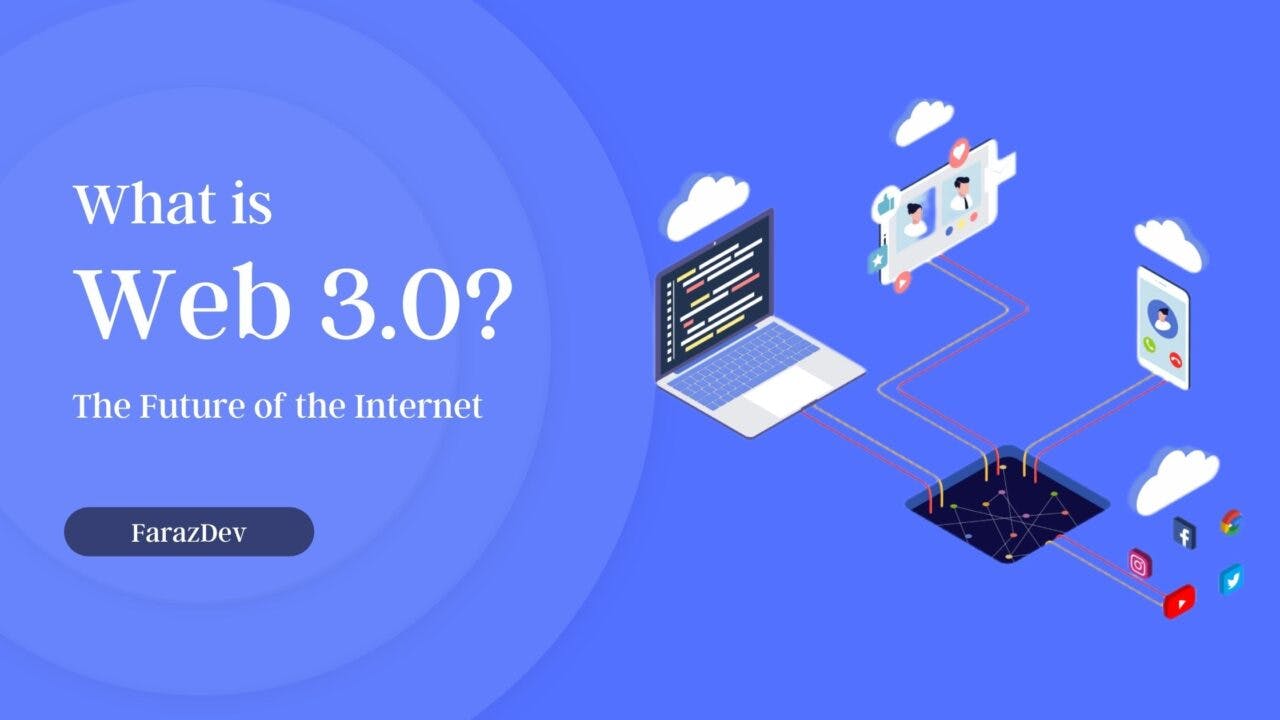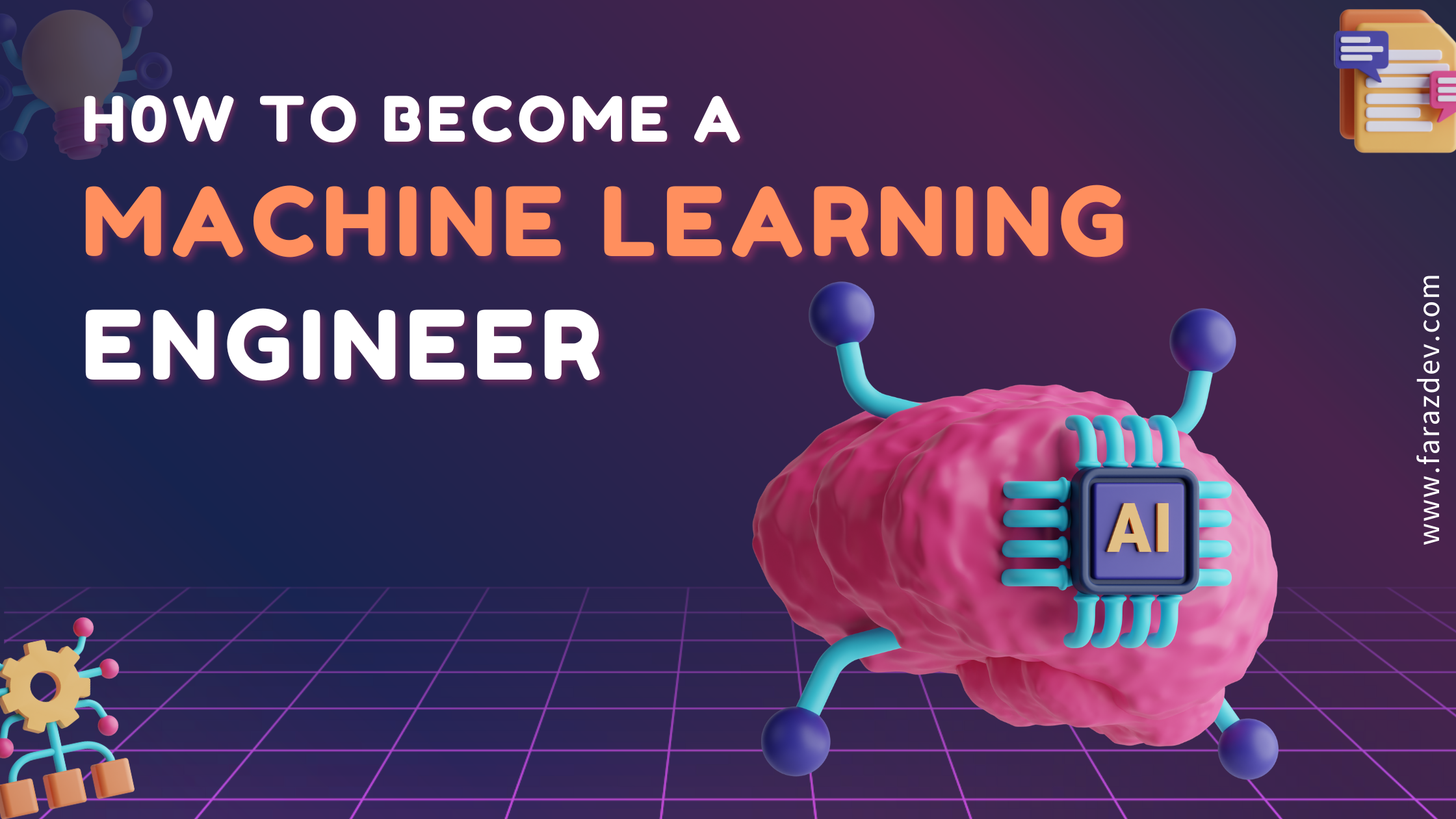We are quickly approaching a new era of the internet – Web 3.0. But what is it, and how will it impact our lives? In this post, we’ll explore the basics of Web 3.0 and what to expect from its arrival. Stay tuned!
Web 1.0 – The Beginning
When the internet first came into existence in the early 1990s. Its usage was to share academic research. This early stage of the internet is Web 1.0. During this period, websites were static. Over time, however, the internet began to evolve. More and more people started using the internet for personal use, and new technologies emerged that allowed users to create their own content. This shift gave rise to Web 2.0, which is characterized by interactive and user-generated content. Today, the majority of websites use Web 2.0 principles in development, and the internet has become an essential part of everyday life for billions of people around the world.
Web 2.0
Web 2.0 refers to the second generation of the World Wide Web. Which is characterized by increased user interactivity and collaboration. Unlike the static pages of the early web, Web 2.0 sites allow users to generate and share content. Making the web a more interactive and dynamic place. Common features of Web 2.0 sites include blogs, social networking, video sharing, and wikis. Thanks to these innovative features, Web 2.0 has transformed the way we use the internet. Encouraging creativity and collaboration on a global scale.
What is web 3.0?
The term “Web” was originally known as the World Wide Web or WWW, which is a system of interconnected documents and other resources that can be accessed via the internet.
Web 3.0 will be powered by decentralized technologies such as blockchain and crypto-assets. These technologies allow for trustless interactions between parties without the need for intermediaries. Web three will also be more user-centric, giving users greater control over their data.
The arrival of web three will herald a new era of the internet where users are in control. This is in contrast to the current “web two” model, in which centralized platforms such as Google and Facebook are dominant. In the web three paradigms, users will own their data and have the ability to monetize it.
So what does this all mean to us? Well, we can expect a more open and decentralized internet that gives users more control over their data. We can also expect new business models to emerge that are based on these principles.
Other Articles:

Web Three Features
Decentralization
Decentralization is a key principle of web three. By distributing data and power across a global network of computers, decentralization makes the internet more resilient to censorship and outages. It also enables new types of applications that were not possible with the centrally-controlled web of the past.
For example, decentralized finance protocols can offer financial services that are more accessible, transparent, and fair than those provided by traditional banks. Similarly, decentralized social networks can give users more control over their data and protect them from censorship. As web three technologies continue to mature, we can expect to see even more innovative applications that take advantage of decentralization to make the internet a better place for everyone.
Trustless and Permissionless
Web three is a decentralized platform that enables individuals to interact without the need for intermediaries. This trustless and permissionless system allows for secure and transparent transactions. Because there is no central authority, users are able to remain anonymous and are not subject to censorship. In addition, the decentralized nature of the platform protects against single points of failure. Web three is a powerful tool for enabling free and open communication, and it has the potential to create a more efficient and democratic internet.
Artificial Intelligence and Machine Learning
There’s no doubt that artificial intelligence (AI) and machine learning are revolutionizing the way we live and work. From autonomous vehicles to medical diagnosis, these technologies are transforming industries and improving our lives in countless ways. Now, AI is beginning to make its mark on web development, with the potential to dramatically change the way we build and use websites.
Web3 uses AI to improve the accuracy and efficiency of web search. This technology is already being used by major search engines like Google and Bing, and it’s expected to become more widespread in the coming years. By using AI to better understand user intent and identify relevant content, web3 promises to deliver more accurate and targeted search results. This could have a major impact on the way we use the internet, making it easier than ever to find the information we need.
In addition to web search, AI is also being used to develop new types of web applications. For example, chatbots are increasingly being used to provide customer service and support on websites. These bots can interact with users in natural language, providing a more efficient and convenient way to get help or find information. As chatbots become more
Ubiquity
When we talk about ubiquity in web3, we’re talking about the idea that every device and person will be in connection to the internet. This is already starting to happen with the proliferation of smart devices, but in the future, everything from your fridge to your car will utilize internet. This will have a huge impact on the way we live and work.
For example, imagine being able to ask your fridge to order milk for you when it’s running low. Or being able to start your car from your phone. The possibilities are endless. But with this increased connectivity comes increased risk. Hackers will have more opportunities to steal our data, and we’ll need to be more careful about how we share information online. But overall, the benefits of ubiquitous connectivity far outweigh the risks. We’re on the cusp of a new era of innovation, and it’s going to be amazing.
Web 3.0 crypto Projects
Decentralized Platforms
Decentralized platforms are a new category of web applications that are emerging on the blockchain. These platforms are designed to give users more control over their data and to enable new ways of working together that are not possible on centralized platforms like Facebook or Amazon. Moreover, The platforms like Diaspora, Mastodon, and Peer Tube aim to replace centralized platforms like YouTube and Facebook.
Decentralized Autonomous Organizations
A Decentralized Autonomous Organization (DAO) is a type of online organization that uses blockchain technology to give its members a certain degree of autonomy. Furthermore, DAOs consist of smart contracts, which are digital protocols that automatically carry out transactions between parties. Because DAOs are decentralized, they are not subject to the control of anyone central authority.
This makes them resistant to censorship and other forms of interference. Furthermore, because DAOs are autonomous, they can continue to operate even if some of their members leave or are unable to participate. This makes them especially well-suited for projects that require a long-term commitment. Ultimately, DAOs offer a new way of organizing online communities and conducting business transactions. They have the potential to upend traditional models of organization and create more inclusive, decentralized, and resilient societies.
Two examples of DAOs Launched on Ethereum Blockchain are MakerDAO and MolochDAO.
DeFi
Decentralized finance, or “DeFi,” is a term used to describe the shift from traditional, centralized financial systems to peer-to-peer finance enabled by decentralized technologies built on the blockchain. From lending and borrowing platforms to stablecoins and tokenized BTC, the DeFi ecosystem has launched an expansive network of integrated protocols and financial instruments.
By deploying immutable smart contracts on Ethereum, DeFi developers can launch open finance products that are accessible to anyone with an Internet connection. Thanks to Ethereum’s versatility and extensibility, the possibilities for innovation in DeFi are virtually limitless. And with over $13 billion worth of value locked in Ethereum smart contracts, it’s clear that the DeFi movement has begun to gain mainstream traction. As the industry continues to evolve, we can only imagine what new and exciting applications will arise from the world of DeFi.
Conclusion
We are on the cusp of a new era, Web 3.0, where the internet will be more decentralized and users will have more control over their data. This could lead to increased transparency and trust online, as well as more opportunities for businesses that embrace the new technology. Are you ready for Web 3.0?




